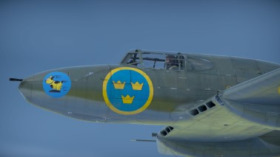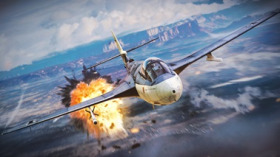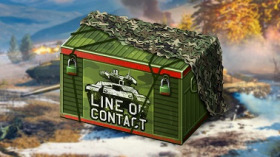
- For PC
- For MAC
- For Linux
- OS: Windows 10 (64 bit)
- Processor: Dual-Core 2.2 GHz
- Memory: 4GB
- Video Card: DirectX 11 level video card: AMD Radeon 77XX / NVIDIA GeForce GTX 660. The minimum supported resolution for the game is 720p.
- Network: Broadband Internet connection
- Hard Drive: 23.1 GB (Minimal client)
- OS: Windows 10/11 (64 bit)
- Processor: Intel Core i5 or Ryzen 5 3600 and better
- Memory: 16 GB and more
- Video Card: DirectX 11 level video card or higher and drivers: Nvidia GeForce 1060 and higher, Radeon RX 570 and higher
- Network: Broadband Internet connection
- Hard Drive: 75.9 GB (Full client)
- OS: Mac OS Big Sur 11.0 or newer
- Processor: Core i5, minimum 2.2GHz (Intel Xeon is not supported)
- Memory: 6 GB
- Video Card: Intel Iris Pro 5200 (Mac), or analog from AMD/Nvidia for Mac. Minimum supported resolution for the game is 720p with Metal support.
- Network: Broadband Internet connection
- Hard Drive: 22.1 GB (Minimal client)
- OS: Mac OS Big Sur 11.0 or newer
- Processor: Core i7 (Intel Xeon is not supported)
- Memory: 8 GB
- Video Card: Radeon Vega II or higher with Metal support.
- Network: Broadband Internet connection
- Hard Drive: 62.2 GB (Full client)
- OS: Most modern 64bit Linux distributions
- Processor: Dual-Core 2.4 GHz
- Memory: 4 GB
- Video Card: NVIDIA 660 with latest proprietary drivers (not older than 6 months) / similar AMD with latest proprietary drivers (not older than 6 months; the minimum supported resolution for the game is 720p) with Vulkan support.
- Network: Broadband Internet connection
- Hard Drive: 22.1 GB (Minimal client)
- OS: Ubuntu 20.04 64bit
- Processor: Intel Core i7
- Memory: 16 GB
- Video Card: NVIDIA 1060 with latest proprietary drivers (not older than 6 months) / similar AMD (Radeon RX 570) with latest proprietary drivers (not older than 6 months) with Vulkan support.
- Network: Broadband Internet connection
- Hard Drive: 62.2 GB (Full client)
FW 190 A-4 with 2x MG FF/M - improved MG FF 20mm cannons
In the middle of 1930’s, German Luftwaffe started to receive a new type of auto cannon – 20 mm cannon MG FF, based on Swiss Oerlikon FF. It was significant leap forward in effectiveness of aircraft armament compared to rifle-caliber machine guns, since larger shells could carry explosive filling, increasing the damage. Regular high-explosive cannon shells achieved destructive effect by exploding upon impact, where casing of the shell disintegrated, sending fragments into target. These fragments were lethal for old airplanes, constructed from wood covered by fabric, but fragmentation was less effective against all-metal aircraft. Technical Office of Reichsluftministerium (RLM), German aviation ministry, subjected explosive 20 mm ammunition to a thorough series of tests regarding their destructive potential, and results were unstatisfactory – standard explosive shells were deemed not effective enough, as fragments usually pierced outer sheet metal skin of aircraft, but had insufficent effect on construction integrity or control surfaces. In 1937, as a result of these trials, RLM ordered a development of new 20 mm cannon shell with increased explosive force at the expense of fragmentation effect. Deutsche Waffen und Munitionfabrik (DWM) was issued with the task.
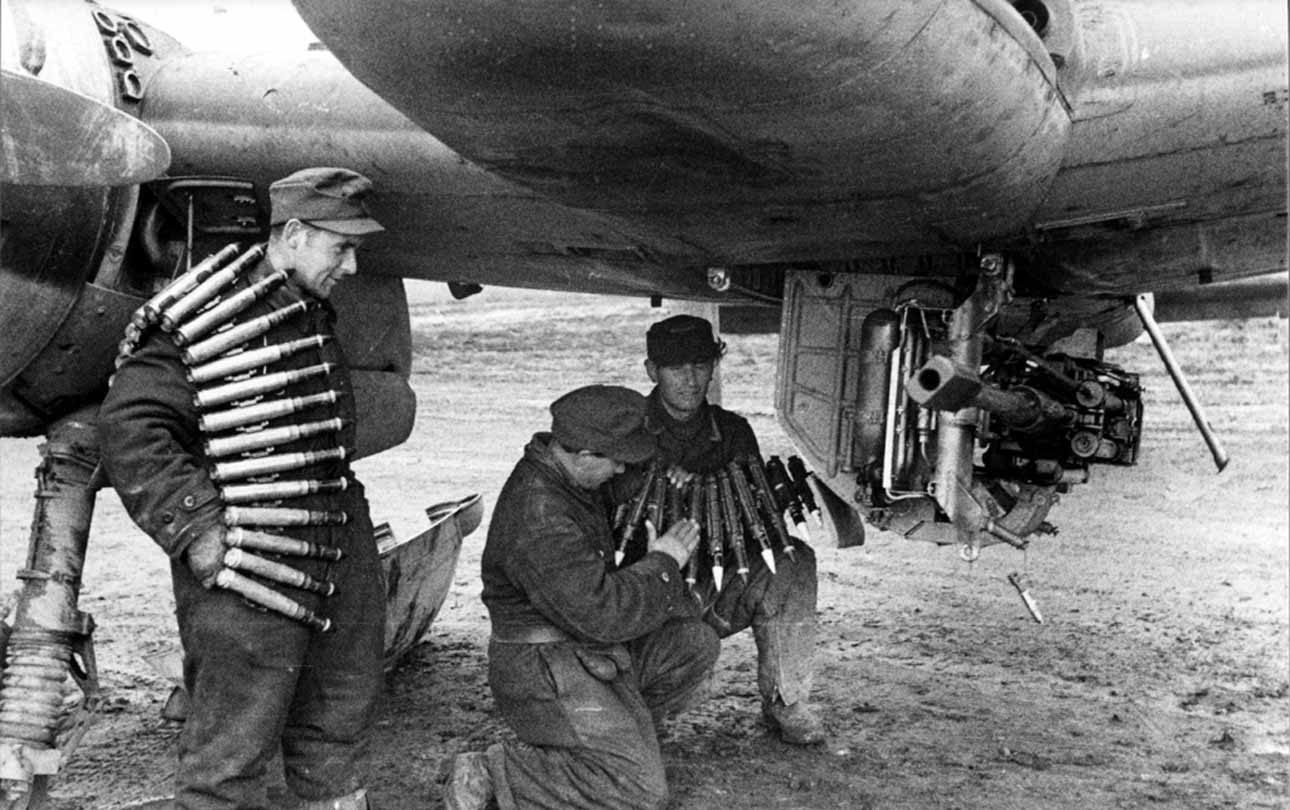 |
| Hs 129 with 30mm Mk 103 cannon |
The result of this development was a new type of shell, called Minengeschoß (aka „mine shell“). Regular shells were cast and cavity for HE filler was then drilled into the shell. Minengeschoß was instead drawn from high quality steel and had much thinner walls of casings without compromising structural integrity. This reduced fragmentation effect considerably, but also allowed much more explosive filler to be added. Regular 20 mm Minengeschoß had filling of 18-20 g of PETN, while typical contemporary 20 mm shells of other nations had merely 6-10 g of explosives. Increased explosive effect also required different fuse to be mounted. If regular impact detonator would be used, force of explosion would be largely dissipated in surrounding air, thus reducing damage significantly. Minengeschoß had slightly delayed detonators, allowing the shell to pass through target’s outer cover without explosion, then triggering the explosive in a moment, when two-thirds of shell were already past the outer skin. Subsequent explosion of large HE filler then caused pieces of target’s construction to be literally torn away, making a large gaping holes and seriously affecting aerodynamics and controls of the target. Additionally, when rate of fire was high enough, another Minengeschoß would be able to enter the hole made by previous shell, and explode deeper in the target aircraft construction, further increasing damage effect and compromising target’s structural integrity. This was especially the case of MG 151/20 autocannon, which had rate of fire 750 rounds per minute and was able to fire up to 12 rounds per second – this weapon was thus able to tear wings off or severely damage control surfaces and wires by only a handful of hits. Minengeschoß was particularly effective against fuel tanks, tearing them open and often setting the highly flammable aviation fuel on fire.
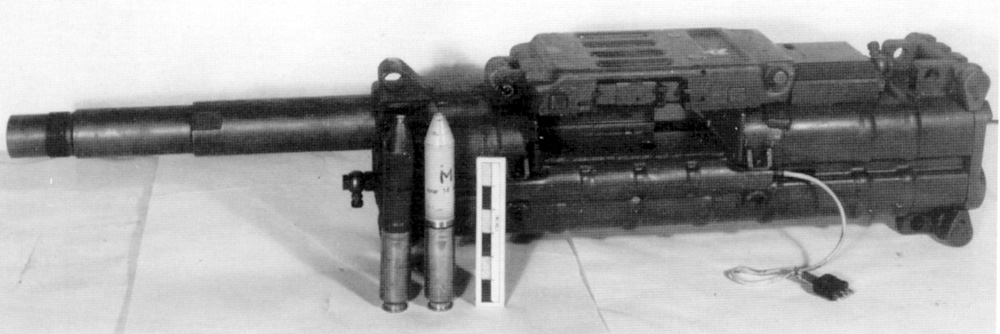 |
| 30mm Mk 108 cannon |
Minengeschoß was quickly issued as a standard high explosive ammunition to all existing German 20 mm cannons. To be able to fire these new mine shells, MG FF cannon required changes to recoil mechanism, as Minengeschoß was lighter than standard shells. Modified MG FF weapons were designated MG FF/M, and were mounted on Bf 109 E-4 and BF 110 C-4 fighters from summer 1940 onwards. Subsequently, when MG 151/20 cannons started to replace MG FF, Minengeschoß was developed for these new weapons as well. High destructive power of the ammunition, combined with relatively high rate of fire resulted in very effective fighter weapon – during clashes with American B-17 heavy bomber, it was calculated by Germans, that 15-20 direct hits (eg. a little more than one-second burst from a single cannon) were usually sufficient to destroy a B-17 when shooting from astern, and only 4-5 shells when performing a frontal attack. Lethal effect of MG 151/20 mine shells was further increased by mounting multiple cannons. For example dedicated bomber-hunter versions of Fw 190 fighter could carry up to six MG 151/20 cannons (in War Thunder, there is one of such versions - Fw 190 A-5/U2 with option to install gunpods with four MG 151/20 cannons).
When 30 mm autocannons MK 108 or MK 103 were introduced, Minengeschoß for these large weapons were made too. These shells had truly enormous explosive loads – original blunt-nosed 30 mm Ausf.A shell carried 85 grams of PETN explosive with hexagon explosive base for increased shattering effect. Streamlined Ausf.C 30 mm Minengeschoß carried a smaller filler of 72 grams, but it was still extreme amount. In comparison – PGU-13/B high explosive incendiary round, used in a modern GAU-8 rotary cannon found on A-10 Thunderbolt carries „only“ a 58 grams of filler. Naturally, sheer amount of HE filling resulted in devastative effects on target. Only 3-4 hits were usually needed to down a heavy bomber, with a single shell being sufficient to destroy a fighter.
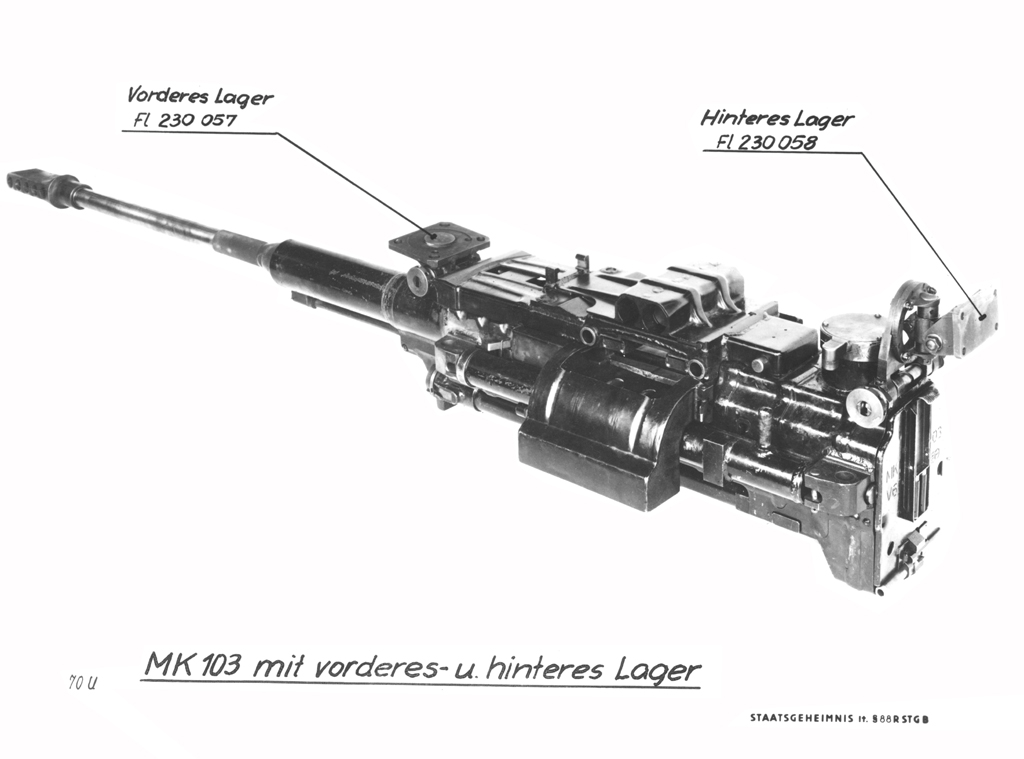 |
| Mk 103 cannon scheme |
Even bigger Minengeschoß rounds were eventually developed. BK 3,7 gun of 37 mm caliber, found on Ju 87 G-series and Hs 129 attackers, could utilize mine shell, containing nearly 220 grams of PETN, while 50x420R mm ammunition for BK 5 cannon (used on for example Me 410 A-1/U4 , which is also available in War Thunder) carried as much as 350 grams of PETN explosive, making a single shell more than enough to down a heavy bomber.
Postwar, many countries were inspired in German Minengeschoß ammunition, and utilized its concept in future weapon development. Very similar shells could be then found as an ammunition for British ADEN 30 mm autocannons or French DEFA cannons of the same caliber. You can also test Minengeschoß for yourself in War Thunder, as they are very frequent in German fighter ammunition belts, accompanied by wide array of incendiary, armour piercing or high explosive tracer shells.
Author: Jan “RayPall“ Kozák

